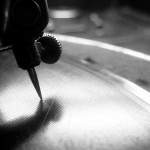 How much have you spent on your car’s stereo system? Today, car and music enthusiasts can drop more than a quarter of a million dollars on a serious music system like the Rogue Acoustics 1K. One hundred years ago, however, the most technologically advanced car radio cost only fifteen dollars. How has sound engineering for automobiles evolved over the decades?
How much have you spent on your car’s stereo system? Today, car and music enthusiasts can drop more than a quarter of a million dollars on a serious music system like the Rogue Acoustics 1K. One hundred years ago, however, the most technologically advanced car radio cost only fifteen dollars. How has sound engineering for automobiles evolved over the decades?
In The Beginning
One of the first popularized radios, named the Victrola, would be the forerunner for all car audio equipment today. During the 1930s, a brother team installed a Victrola into a Studebaker, naming it the “Motorola”. This brand became so popular that it grew into a corporation of radios, stereos, televisions, and electronics that Google purchased in 2012 for just less than thirteen billion dollars. At first, these Motorolas could only pick up on AM transmissions; it would take another two decades before FM radios became available that would pick up on short-range, local radio station transmissions.
Music Players
Today, a user can open up an iTunes or Spotify account in their vehicle and gain easy access to libraries of tens of millions of songs. Only fifty years ago, however, radios held drivers in thrall to the music that DJs wanted to play. The first time any driver could make a choice in music came in the late 1960s, when 8-track tape players became available for installation in automobiles. Cassettes followed soon, then in the late 1980s the CD revolution allowed a user to switch between as many as 10 CDs in a single player without needing to re-wind each time.
Digital Vehicles
When people think of mp3 players, they think of iPods, and for good reason; according to MacTech, the iPod has a staggering 70% market share. The first mp3 players pre-dated the iPod by half a decade, however, and sports cars like the Mazda MX5 would be the first cars with mp3 compatibility. Today, mp3 players can be directly hooked into a stereo system, used to play music via a tape adapter, or streamed via Bluetooth to create a mobile wireless unit.
The Future Of Mobile Music
Anyone with a smart phone knows how practical it can be to use it as a driving aid. From GPS navigation to apps that find the cheapest gas prices, smart phone integration drives the development of today’s automobile interiors. As such, subscribers to online car services can do everything automobile-related from the inside of their vehicles, including paying for the car itself. Paying car bills today requires nothing more than a login, pulling up Mydrivetime.com, and entering a payment through their finance services. Music apps are no different from online bill management: login to Pandora and stream music directly to your speakers. Developers looking to create ever-more-advanced stereos believe “smart cars” point the way towards the future of automobile audio, with on-demand music and information caches that preclude streaming interruptions like tunnels.
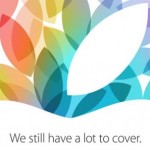 This afternoon Apple announced a press event to be held on the 22nd October in San Francisco. Press invitations have already been sent out to the event in which we’re expecting to see the new iPad 5 and iPad mini 2 unveiled but the tag line in the invitation “We still have a lot to cover” possibly suggests that there may be more in the line up for the day.
This afternoon Apple announced a press event to be held on the 22nd October in San Francisco. Press invitations have already been sent out to the event in which we’re expecting to see the new iPad 5 and iPad mini 2 unveiled but the tag line in the invitation “We still have a lot to cover” possibly suggests that there may be more in the line up for the day.
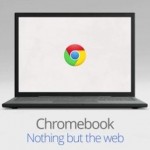
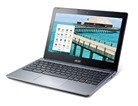
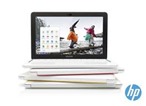
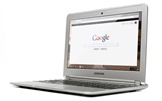
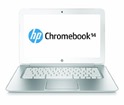

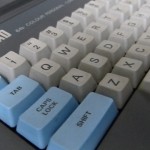
Connect
Connect with us on the following social media platforms.